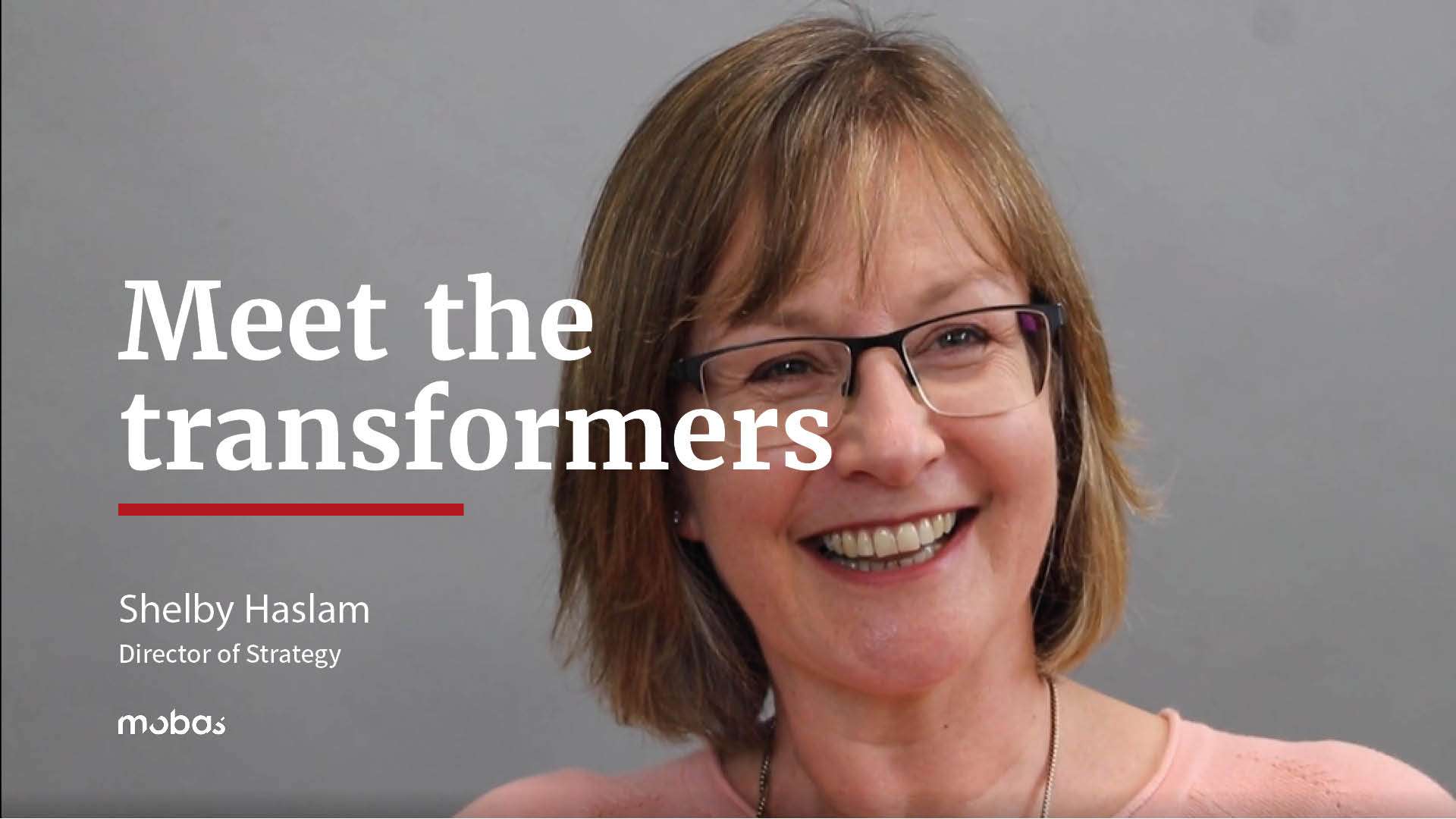Mobas' Director of Strategy Shelby Haslam explores the advantages of tying brands into people’s passions and politics.
We live in an unprecedented age for causes. Globalisation and social media have fuelled the spread of political and social campaigns, enabling individuals like Greta Thunberg to spark movements that soon span the world and involve thousands, if not millions of people. Media connectivity enables previously isolated individuals to come together, gaining strength in numbers and challenging the system as seen by Me Too. And the presence of mobile phones in every hand has created a new force in citizen journalists who document and amplify injustice as in the death of George Floyd.
No surprise then that Millennials and particularly Generation Z consumers are using their social and political voice to support the causes that they believe in. Critically though they now see brands, as well as governments, as having the ability to influence change and are demanding that we do just that. In March 2020 three-quarters of 13-39-year-olds in the US said that they actively seek out brands that support the causes they believe in, and two in five said they do so always or often.
So does my brand need a cause and what should it be?
Associating a brand with a cause has proved itself to be a minefield. For every Dove Campaign for Real Beauty or Bodyform #wombstories, there’s a L’Oréal Black Lives Matter post vilified because of the firm’s sacking of a black trans woman on the basis of her political views. So how does a company or brand make cause marketing work?
Our five tips:
Know your brand: start with what your brand already believes in and lives by. Your cause should be a natural illustration of your brand positioning – whether that be single-minded and scientific, or inventive and fun.
Be relevant: 60% of young people believe that brands should only get involved with causes that are related to the products they sell, so start with causes that align to your brand, or areas where your products or services could make a difference.
Listen and learn: ask the advice of your team, your stakeholders and your customers. Where and how do they think your brand can help? You might be surprised to find that you’re already seen as a champion to your community, or a leader in a particular area, in which case build on this truth.
Clean house: it’s better to live without a cause than adopt an issue that your brand has failed to live by, so check your own track record before jumping on a bandwagon. What’s your history in this area? Has the business done its best to address the issue? Brands aren’t expected to be perfect (particularly if you’re delving into a long history) but have you been open about past failings and what plans are in place to drive change?
Think long-term: a cause isn’t just for Christmas. The best relationships require long-term commitment and benefit from a multi-layered commitment. So don’t look for a new cause every year: commit to something that the business can embrace and place at its core.
